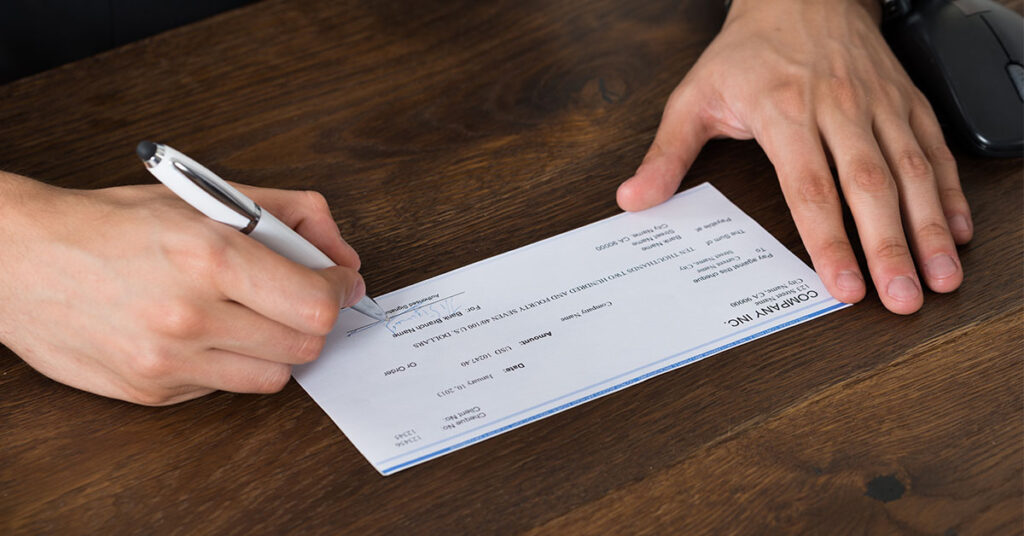West Bank offices will be closed on Friday, July 4 in observance of Independence Day.
West Bank offices will be closed on Friday, July 4 in observance of Independence Day.
West Bank offices will be closed on Friday, July 4 in observance of Independence Day.

Whether you are a small business or serve thousands of customers a day, taking steps to fight check fraud is vital to keeping your organization safe. The Treasurer’s Guide to AR Payment Optimization estimates that 40% of all business-to-business (B2B) payments in the United States are made via check. As long as payments continue to be made in this way, fraudsters have the opportunity to take advantage of it for their own gain.
Check fraud involves stealing checks, altering the information on them, and then cashing or depositing it into an account to be transferred elsewhere. Criminals target blue outdoor USPS collection boxes, residential mailboxes, and cluster box units in the hopes of finding and stealing checks. Once they have the checks, they are free to “wash” them of their correct information and write in a new payee and dollar amount. Then they aim to either cash the check or deposit the money to be transferred to a different untraceable account.
In a stack of stolen checks, business checks tend to be more valuable, as business accounts are typically well-funded and may take longer to notice fraudulent activity has occurred. Knowing the forms check fraud can take will allow for easier and quicker identification of the scheme. Three common types of check fraud are check alteration, check counterfeiting, and check forging.
In all check fraud instances, time is of the essence. Once a criminal deposits a check and moves it to an untraceable account, it becomes nearly impossible to retrieve the funds. Remaining proactive in protecting your business and quickly identifying fraud is key to safeguarding your assets.
To learn more about these services, contact our Treasury Management team at 515-222-2300 or 1-800-810-2301.
In addition to contacting your banker, you can report the suspected fraud to the USPIS at 1-877-876-2455 or https://www.uspis.gov/report.
Share This Article
© 2025 West Bank. All Rights Reserved. Member FDIC.
Equal Housing Lender.
© 2025 West Bank. All Rights Reserved.
Member FDIC.
Equal Housing Lender.